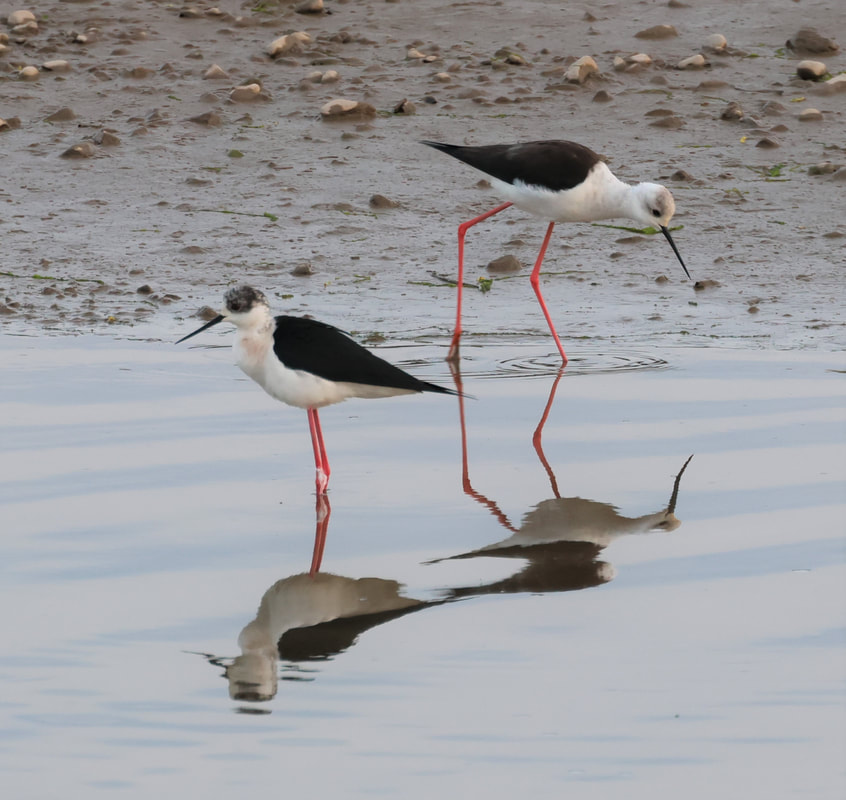|
The appearance of a couple of Black-winged Stilts on the Clwyd estuary last week may be a consequence of water shortage in North Africa and Iberia. These elegant wading birds should be nesting on saltpans and lake edges around the Mediterranean, but occurred at more than 30 sites across Britain and Ireland this week, including one at RSPB Burton Mere Wetlands. Stilts have bred sporadically in Britain, but these were the first sightings in North Wales for 26 years. Another Mediterranean wetland species, Black-crowned Night Heron, was reported at more than 60 sites in Britain & Ireland last week.
A two-year drought, exacerbated by irrigation diverting water to vegetable and soft-fruit farming, has led to the world-famous Coto Doñana drying out. Home to rare waterbirds including Marbled Duck, Crested Coot and thousands of Greater Flamingos, it is further threatened from proposals by Andalucia’s government to allow irrigation for strawberries and blueberries grown as out-of-season exports to northern Europe. Other rare visitors to North Wales include a Pectoral Sandpiper at RSPB Cors Ddyga, Long-tailed Duck on the Afon Glaslyn at Porthmadog, two Dotterels and a Blue-headed Wagtail on the Great Orme, Little Gull on the Alaw estuary and two Avocets at Gronant. Among migrants on the North Wales coast was a Corn Bunting on the Great Orme, now a rare bird in Wales that is just hanging on as a breeding species on the Shropshire border. Whinchats, Whimbrels and Swifts are now arriving across the region. Tragic scenes are unfolding near Welshpool, at a wetland home to one of the most important Black-headed Gull colonies in Wales. The species is among those worst hit by ‘bird flu’ across northern Europe so far this year, and is suspected to be responsible for the death of dozens of gulls at a nature reserve in the Severn Valley and meres across Cheshire. Black-headed Gull is already on the Red List of conservation concern in Wales because of a huge decline in the breeding population, and avian flu could push it to the brink of extinction.
0 Comments
Leave a Reply. |
Bird notesA weekly update of bird sightings and news from North Wales, published in The Daily Post every Thursday. Archives
July 2024
Categories |

 RSS Feed
RSS Feed
